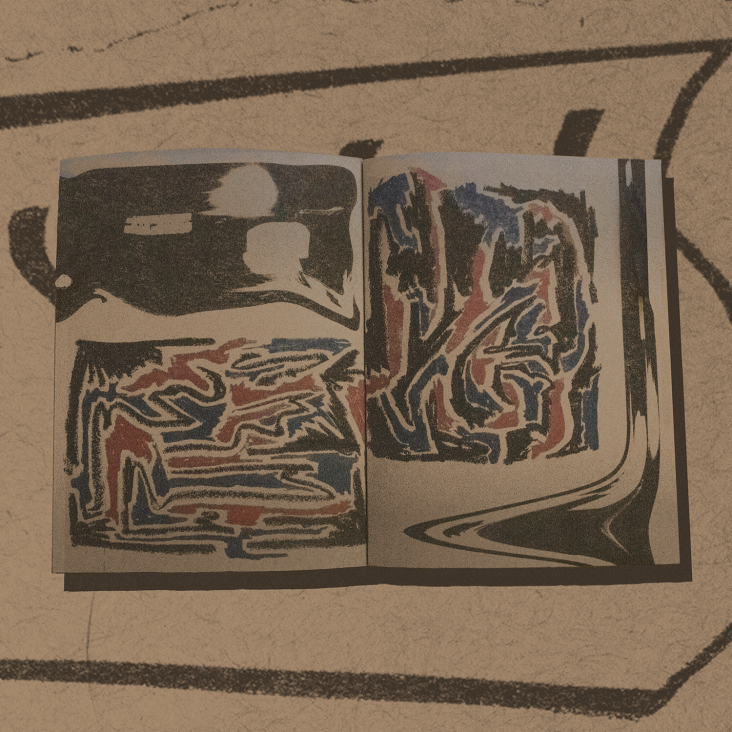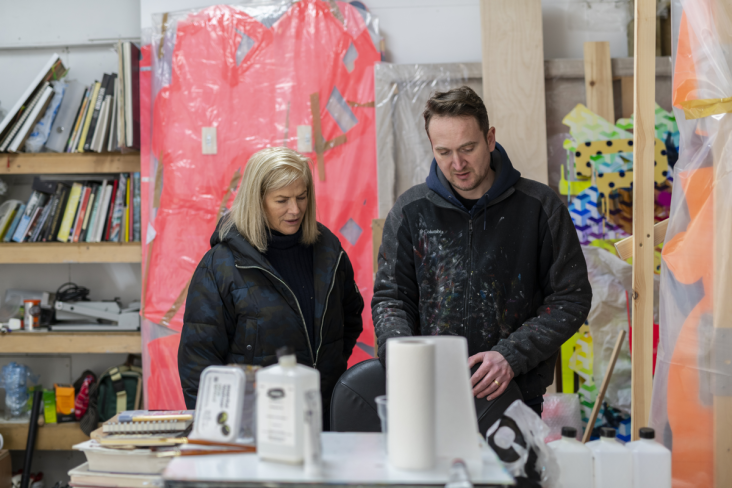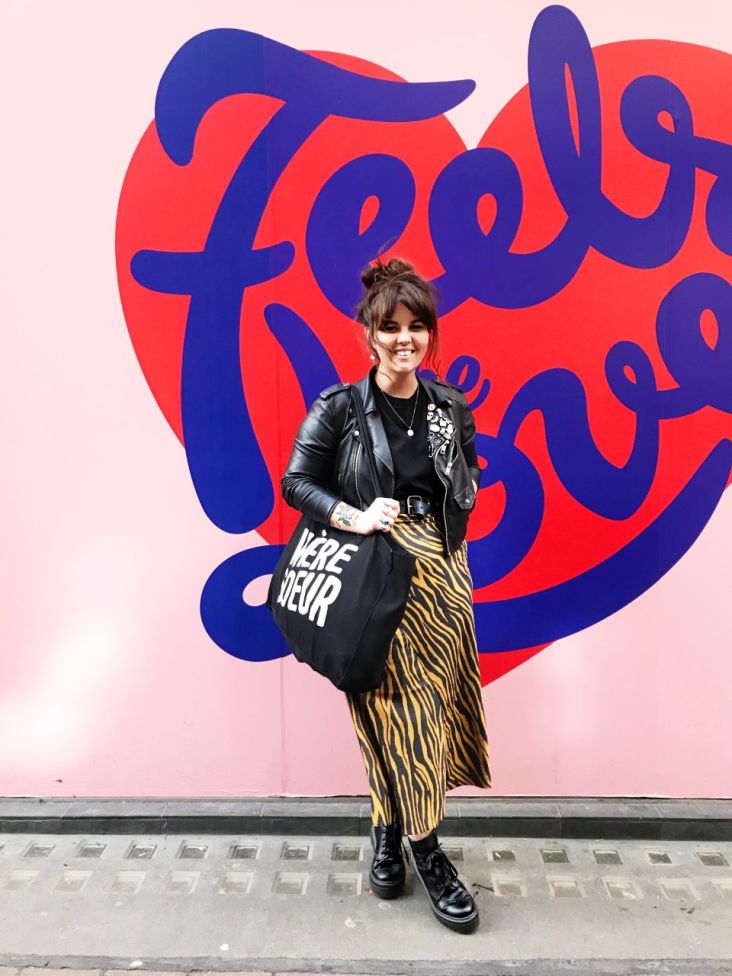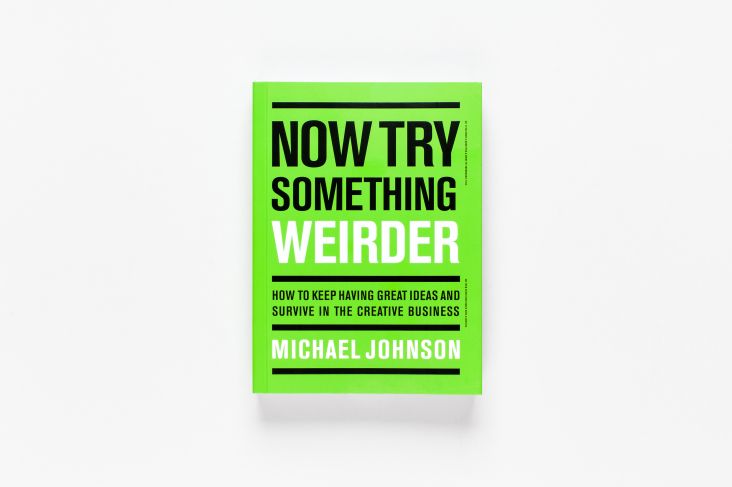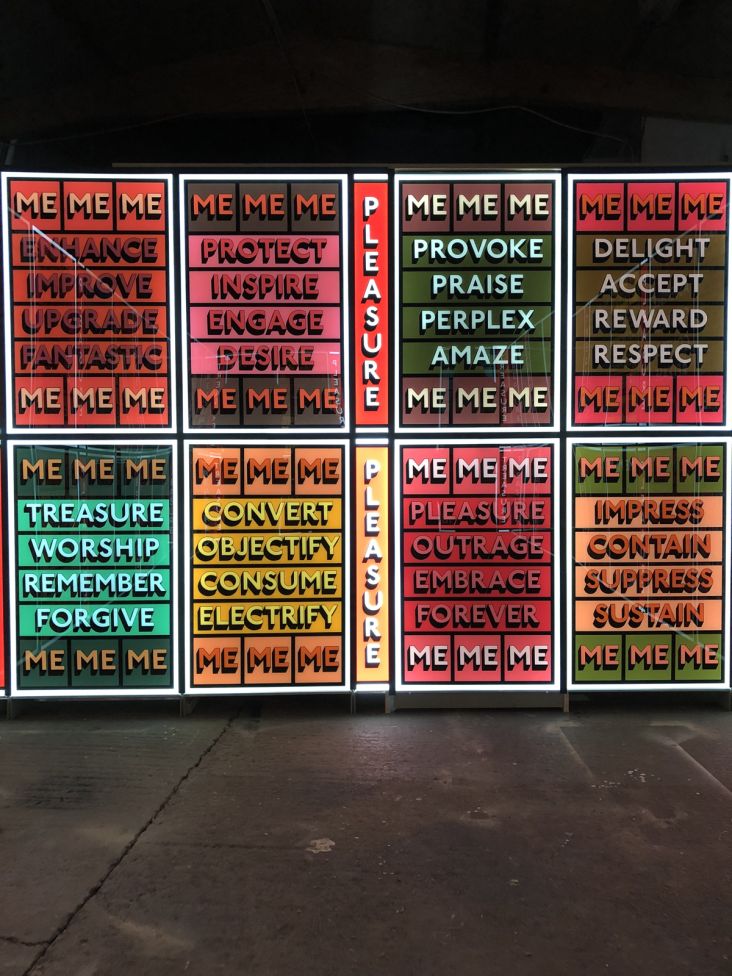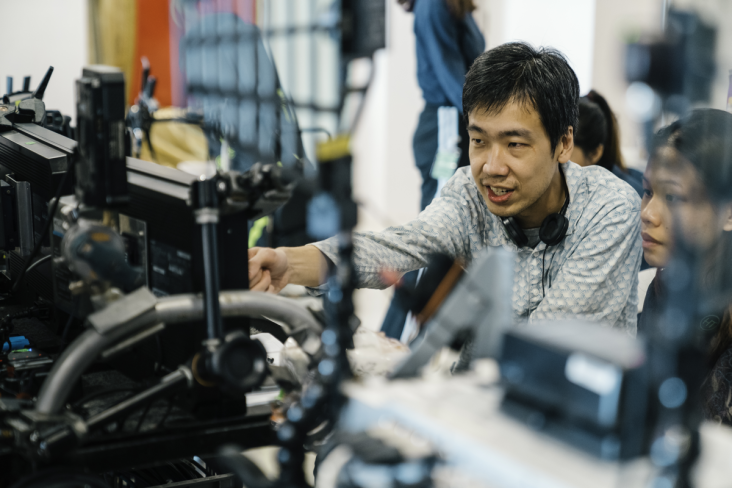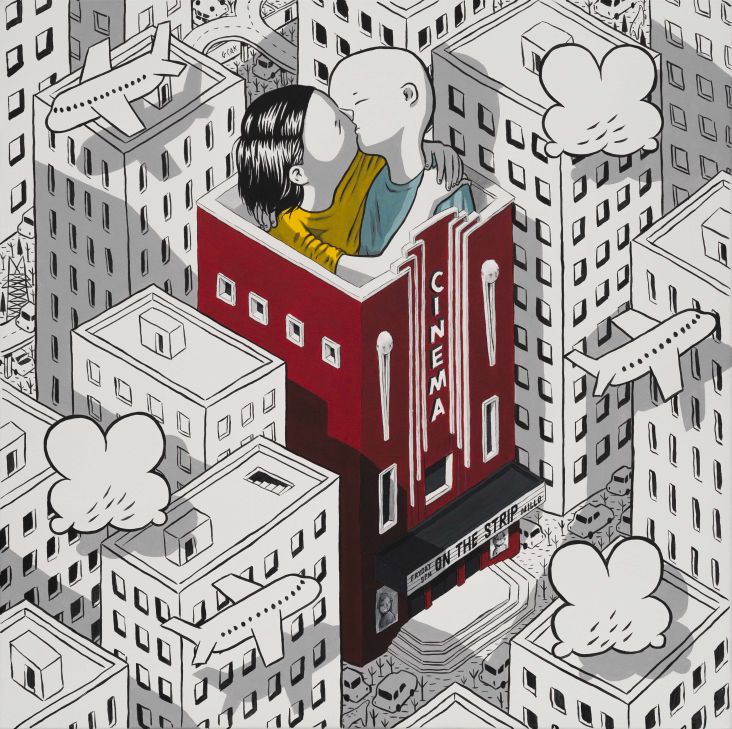Craig Ward on never dropping the ball, embracing fear and seeking a kinder design community
British-born and currently based in New York City, Craig Ward is considered to be one of the most important designers of all time.
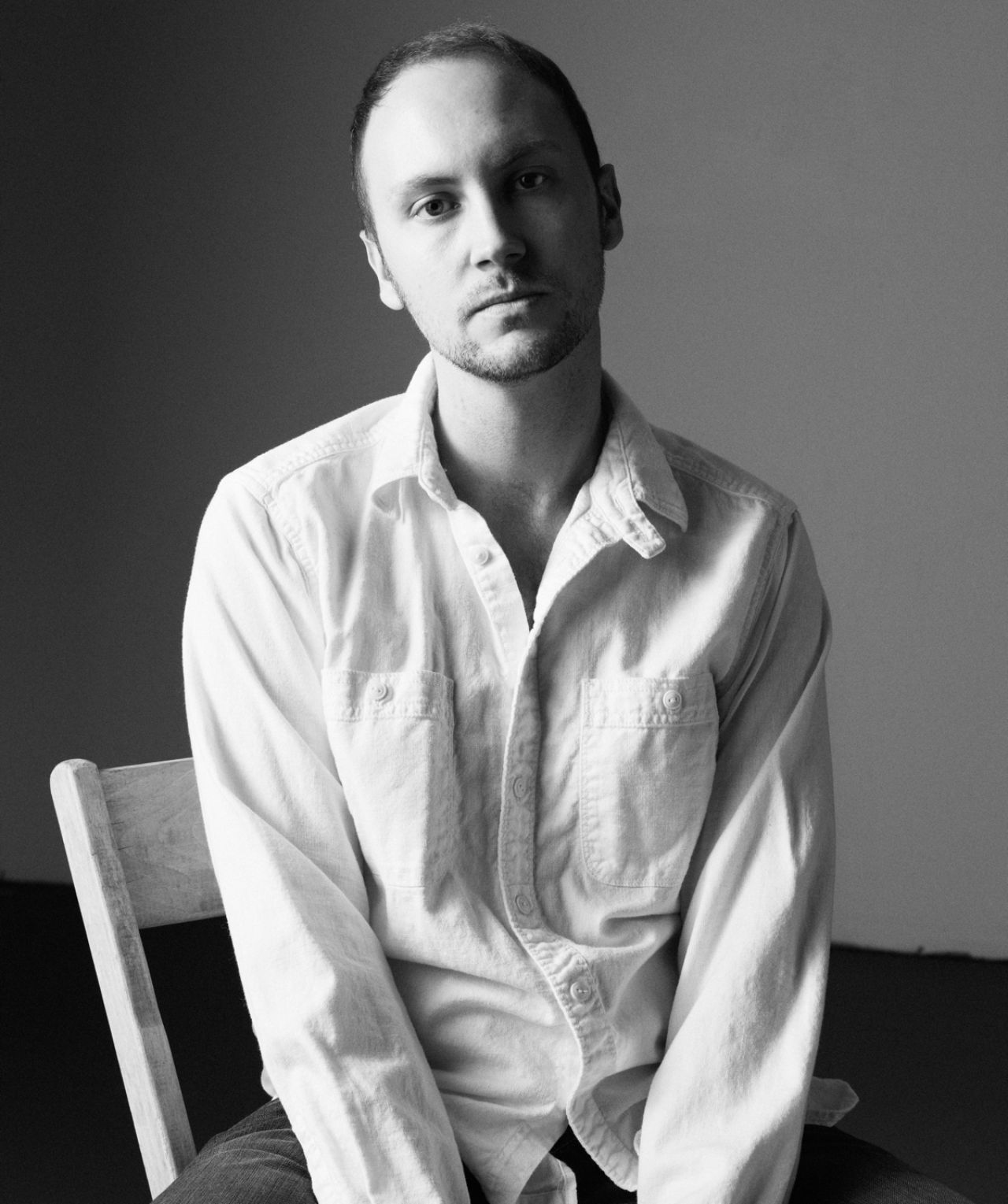
Photograph by Steven Brahms
Describing himself as a creative director, an "occasional artist" and best-selling author, he's best known for his pioneering typographic works and counts Calvin Klein, Adobe, Google, Nike, The New York Times and Mulberry amongst his growing list of clients.
In 2018, he created a custom typeface for the England World Cup kit in Russia – one that received much acclaim from the design community and beyond. We chatted to Craig about his journey so far and what he has planned next.
How's the Big Apple treating you?
At the moment, very well actually. Looking forward to spring and summer after another endless North Eastern winter.
Do you think your upbringing in a small rural village played a part in your life and career choices?
Life moves so quickly, it’s always interesting to look back and try and identify what the pivotal moments were and who the most important people turned out to be because they’re rarely what or who they seem at the time.
By virtue of where I grew up it wasn’t made clear to me what graphic design was as there wasn’t – and still isn’t – a design scene (of note) in the rural fens of Lincolnshire, so I didn’t even really hear the term until I was 18 or 19 years old. That, in turn, led me to pursue writing and journalism – I knew what a newspaper was, they definitely existed, we had them at home – and it was on a summer work placement at the local newspaper that I met my first ever designer who was working at the printers where the newspaper was put together.
So ultimately yes, it definitely did play a part, but not in the direct way you might expect. It’s like I’m a designer in spite of where I grew up rather than because of it.
Was it easy to start your own business over there?
Yes, very. Visas etc notwithstanding. I really like the entrepreneurial mindset you find in New York, it never crossed my mind that it wasn’t going to work out. I feel like you, as with so many things in life, you just have to do it and the rest will follow.
New York has always, for me at least, been more of an open book than London. People are very happy to share contacts and refer you for work etc in a way that I never really experienced in London. That could be down to a lot of things. Maybe there’s just more work to go around here, maybe it’s more about the American psyche.
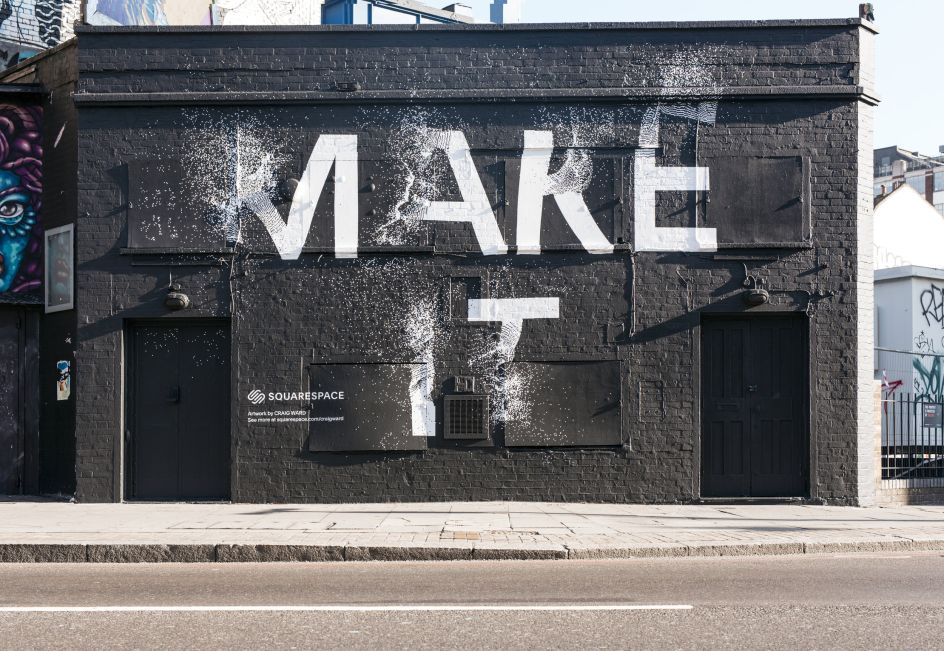
Squarespace
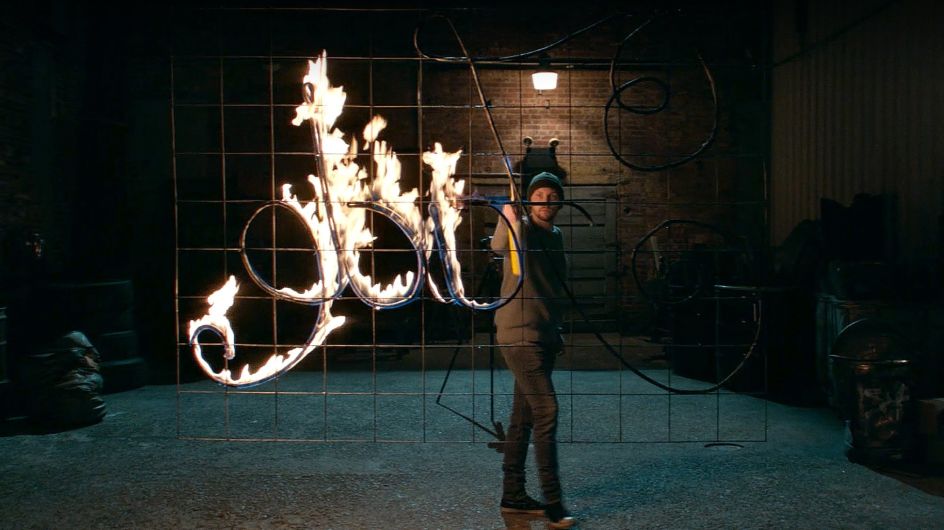
Squarespace
For those who don't know, can you share more of your creative journey – where did it all begin, what led you to NYC and staying there?
I guess the brief version is that I graduated in 2003 and worked in London initially at a handful of advertising agencies for about six years. In parallel to this, I would explore working with type in my spare time. I bought myself a letterpress printer with one of my first months’ wages and so that whole branch of my career really just started out as a hobby.
After a few years, around 2007, I felt like I had enough of a portfolio of this type of work to begin pursuing it more seriously and shared my work with a lot of art directors and such in publishing and began to accrue work in that field. I worked a lot with The New York Times, Time Out, WIRED, GQ etc but that work was still conducted in my personal time.
That was pretty much how I carried on until 2009 when I was selected as an ADC (Art Directors’ Club) Young Gun and came to New York for the awards ceremony. I met a recruiter who asked if I’d be interested in working in New York and who went on to place me at Grey as Head of Design.
I stayed there for a little over two years and left in 2011 to set up on my own after I picked up a relatively sizable project. I’d also met so many designers who were self-employed in New York by that point that it felt like the natural progression. And now I have two kids and a mortgage.
What makes a great typeface for you?
Simplicity really, I’m very unfussy. And a lot of my work relies on me dressing the type in some way, so it’s better that I start with a relatively blank slate.
Have you seen any great typography lately that made you smile? (Apart from your own)
I try not to look. Honestly, I don’t. I took a year off looking at other people’s work in 2011 and I’ve tried to keep it up. Instagram etc makes it unavoidable, and I like to know what my friends and peers are up to, but I really try and focus on fine art, photography, science and film in terms of my references.
Any thoughts on Monotype's latest offering, Helvetica Now?
I mean, it’s very nice, of course. Was it four years in the making? So, of course, it’s nice. The alternates don’t really feel like Helvetica but I guess that’s the point. I understand the small size issue and the redrawing for screen-based projects will open it up to a lot of new uses. I always liked the stiffness of earlier drawings of it, personally.
You recently created a cover for TIME magazine. Tell us more
What’s to tell, really… Editorial projects are usually so fast you don’t really get a chance to think about them.
It came in as they all seem to do — on a Friday afternoon, with final art due on Tuesday morning. I crashed out three concepts over the weekend and had approval on the flag concept by midday Monday. The next day I just spent scanning in frayed fabric and retouching my design onto it stitch by stitch. It was a bit of a headache but I think the concept is strong.
I had this one other concept which I really liked too. The original headline I was given was ’The Plan To Dismantle Europe’ (vs The Unravelling of Europe) and I created an Ikea style flatpack instruction in reverse which deconstructed the type. The flag was a fast read though, it was the right call.
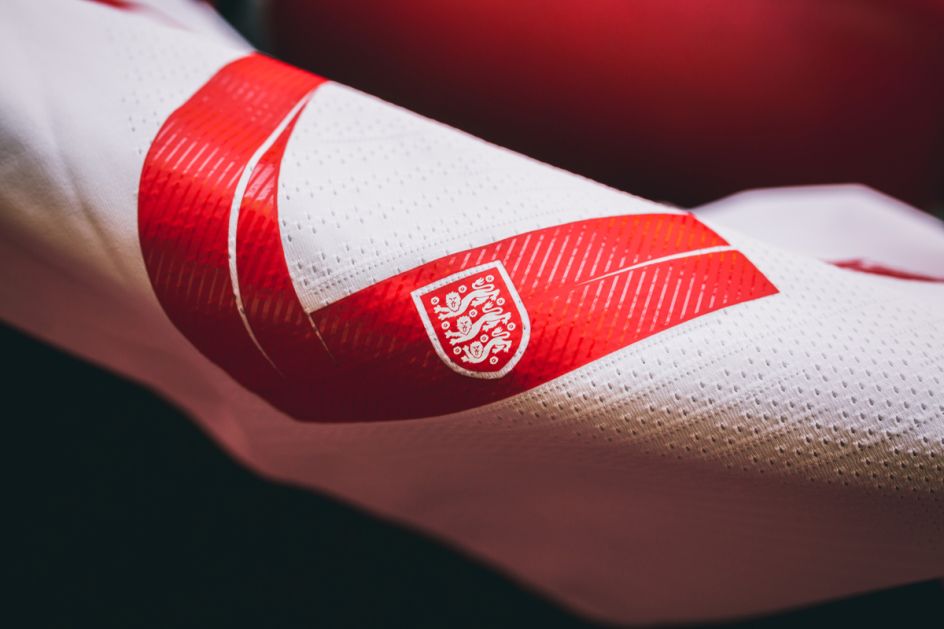
England
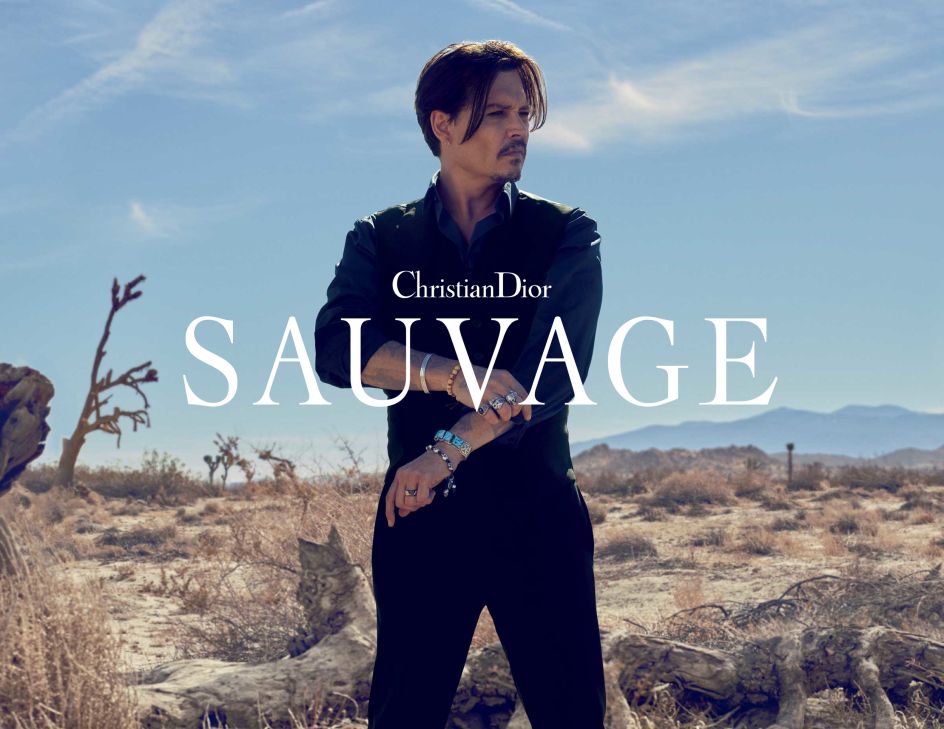
Dior
How does it feel to be a Brit based in New York, watching Brexit unfold from across the pond?
I can’t deal with it. I really can’t. I’m trying to be more empathetic these days and, having grown up in the part of the country which voted almost unanimously to leave (76% I believe) I know about the problems. However, I think there were much better options than an outright divorce.
Where I grew up, people’s relationship with the EU is akin to my relationship with the gym: you pay all this money into it, don’t make any use of it, and end up resenting it. I’ve cancelled a lot of gyms.
Is there anything that currently frustrates you about the creative community? What would you like to see change?
A lot of things, none of them immediately fixable sadly.
I hate that no-one really understands the value of what they do and I think it’s almost impossible for an industry to function when no one knows the value of what’s being traded. It’s endemic and occurs at every level. I’ve missed out on so many projects to people who will just do it more cheaply – sometimes by just a few hundred dollars/pounds, and that’s always hard to stomach as you realise what a commodity creativity has become to so many clients.
We’re also so mean about each other’s work and that’s really a symptom of designers at large. Every designer wants every project and sees their skillset, in large part, as being comparable with everyone else’s.
Obviously, you don’t get every project which leads to a lot of ill feeling, and so there’s a ton of sniping about work as soon as it gets to any size. When the England kit came out I just didn’t read the comments online. There’s no point. People who reached out directly were very complimentary but I can only imagine what the peanut gallery made of it.
We love your poster: Quit Your Job, You'll Be Fine and the sentiment behind it. Have you always taken risks yourself?
That’s nice to hear, thank you. It was actually quite divisive and I received a bit of flack after I posted it. A couple of the more ‘woke’ members of the community said it was an irresponsible and entitled statement to make that showed how out of touch I was… I personally think people should take more responsibility for themselves. It was really intended as a push for those who might have been on the fence about going for it by themselves — as I was for a long time.
I’ve never been a big risk-taker personally. It took me six years working double shifts to feel confident in my ability. I like to take creative risks within my work because, really, what's the worst that’s going to happen? Someone isn’t going to like it?
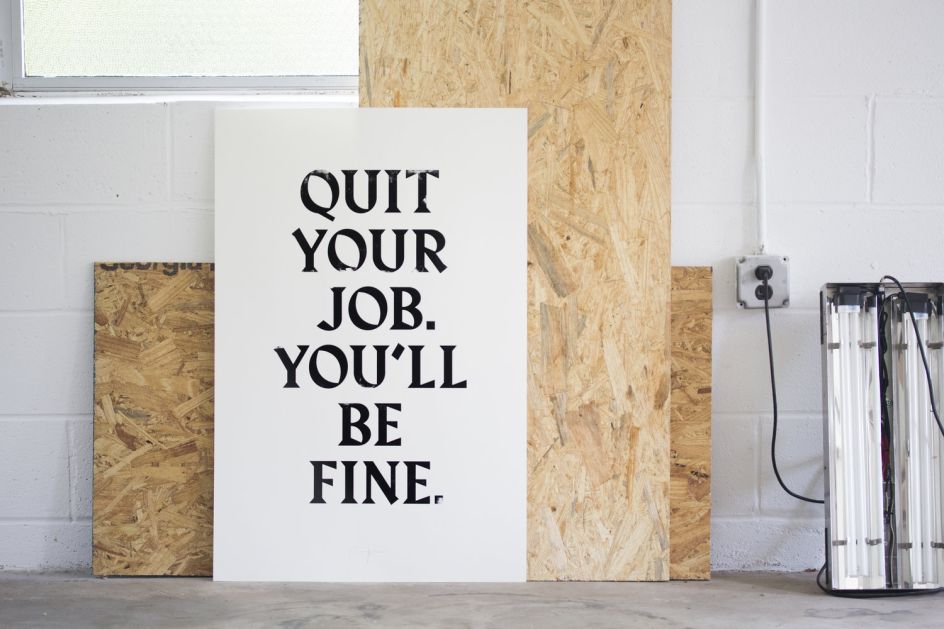
Do you ever worry about work drying up?
All the time, because it does. Last year was a disaster, financially. While literally, half the planet was watching England play in my kit design at the World Cup I almost missed a mortgage payment. And with a family to support it’s pretty terrifying when you do have a run of those quiet months because there’s nothing to say the work is going to come back.
This year is going gangbusters, thankfully, so I’m really happy to be busy again, but I’m acutely aware that nothing lasts forever. My job isn’t really to be a designer, it’s to stay visible and to stay interesting. If I drop the ball on either of those then it’s only to be expected that work disappears too.
What advice would you give to those thinking of taking the leap and starting their own studio?
Take your time. Your career is long. I still – theoretically at least – have to find work for another three decades, which is terrifying but also quite liberating. Aside from that, be smart; keep your overheads down and don’t assume because you have an amazing year that next year will be just as good. It’s better to take an average over several years.
Where do you see yourself in five years time?
Who knows. Alive, happy and healthy ideally. I’m at this sort of tipping point in terms of my age (37) where I could probably just carry on as I am quite nicely, but then suddenly find myself sat at the same desk and realise that I’m 50 and nothing has changed.
And, moreover, that it’s too far down the road to try and start anything new. So for that reason, I’d like to try and build something – a small studio – but I’m waiting for the right starting point to arrive. I’ve also been noodling on some concepts for a podcast, an app and a journal: all the annoying things, ha! But I think I’ll know when the right time comes to pull the trigger on one of those.




 by Tüpokompanii](https://www.creativeboom.com/upload/articles/58/58684538770fb5b428dc1882f7a732f153500153_732.jpg)


 using <a href="https://www.ohnotype.co/fonts/obviously" target="_blank">Obviously</a> by Oh No Type Co., Art Director, Brand & Creative—Spotify](https://www.creativeboom.com/upload/articles/6e/6ed31eddc26fa563f213fc76d6993dab9231ffe4_732.jpg)








